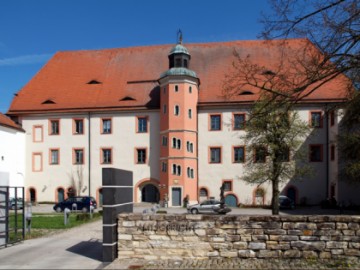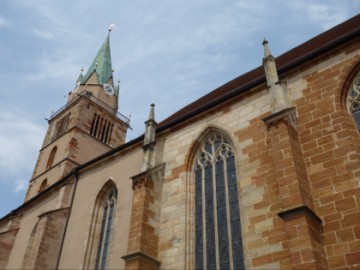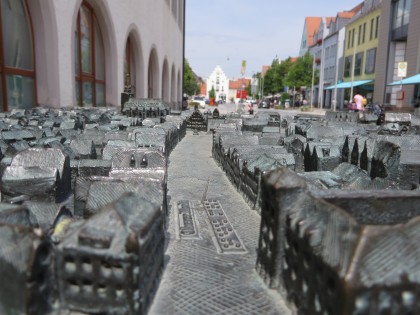Neumarkt in der Oberpfalz: Maybach and White Sausage
Neumarkt in der Oberpfalz is a typical Bavarian province. There were both happy and sad pages in its history. Today, the city offers travelers a cheerful folk festival in August, a walk through the romantic ruins of Wolfstein Castle and training in the Sausage Academy, where they teach to understand scraps of sausage.
Cafes, bars and restaurants in Neumarkt in der Oberpfalz
See all
Restaurants

Almhof
Restaurant • Inn • Catering
+49 9181 32584
Payment methods:

Pepe
Restaurant • Bar • Café
+49 9181 905152
Payment methods:

Creppresso
Bar • Café • Catering
+49 9181 463150
Payment methods:

La Fortunella Pizzeria
Restaurant • Pizzeria • Catering
+49 9181 220135
Payment methods:
All sights in Neumarkt in der OberpfalzSee all
Landmarks in the city Neumarkt in der Oberpfalz

Museum for Historical Maybach Vehicles
Museums and Exhibitions

Pfalzgrafenschloss Caslte
Castles, Fortresses and Palaces

Church of St. John the Baptist
Architectural Monuments

Ruins of Wolfstein Castle
Castles, Fortresses and Palaces



 Castles, Fortresses and Palaces
Castles, Fortresses and Palaces
 Museums and Exhibitions
Museums and Exhibitions
 Architectural Monuments
Architectural Monuments